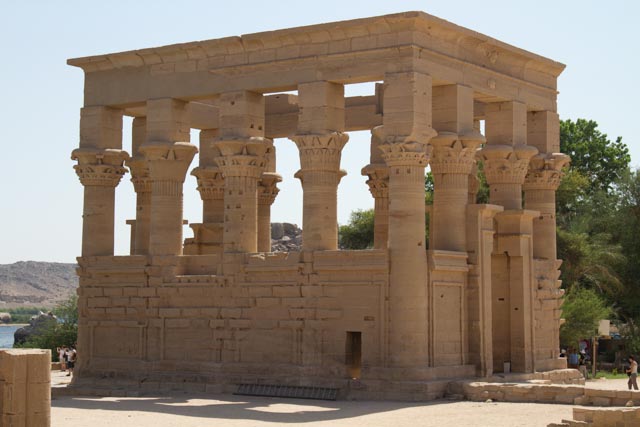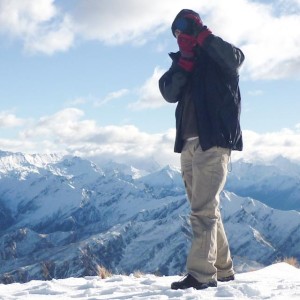Philae Island – What is there to see (Part 2)
As I have said before, there is so much to see on Philae Island. I found this to be a fascinating place. So this is the second part of all the things to see on the Island. Click here if you wish to check the first part of what there is to see
Second Pylon

The second pylon is 32m wide and 12m high and covered in reliefs. Those on the central doorway are by Euergetes II. On the lower part of the east tower is a large figure of Ptolemy XII dedicating sacrificial animals to Horus and Hathor. Above are two small reliefs depicting the King presenting a garland to Horus and Nephthys (right) and offering incense to Osiris, Isis and Horus and pouring water on the altar (left). The natural granite at the foot of the tower has been smoothed to form a stela, with a six line inscription and reliefs relating to a grant of land made by Philometor in 157 BC. The west tower has similar reliefs, which have been deliberately defaced.
In front of the second pylon are the foundations of a small chapel. The second pylon can be climbed by a staircase on the north side of the west tower, from the top of which it is possible to cross the central doorway to the east tower. Within the central doorway are some very faded early Christian paintings.
Temple of Isis

Behind the second pylon is the Temple of Isis itself, which consists of a court, a vestibule, several antechambers and the inner sanctum where the sacred image of Isis was kept. The walls are covered with reliefs and inscriptions depicting various Ptolemies (Philadelphus, Euergetes II, etc.) and Roman Emperors (Augustus, Tiberius, Antoninus Pius) making offerings or performing other ritual acts. They are very similar to the reliefs in other temples of the period, particularly those of Dendera and Edfu.
Vestibule
The vestibule of the Temple of Isis has eight columns and was originally separated from the court by screens between the columns on the front. The vestibule and court were later transformed into a Christian church: Coptic crosses are incised in the walls and a Greek inscription states that “this good work” was done in the time of Bishop Theodore (during the reign of Justinian). Above the door is an inscription commemorating the archeological expedition sent to Philae in 1841 by Pope Gregory XVI.

Hypostyle Hall
The striking Hypostyle Hall conisists of ten huge pillars. Once beautifully painted, the pillars symbolize the first plants, trees and flowers of the earth which began to grow on the Primeval Mound (symbolized by the temple floor). On the ceiling (representing the sky), are images of the Day Boat and the Night Boat, and of the vultures of Upper and Lower Egypt.
Temple of Hathor
About 55 yards (50m) east of the Temple of Isis is the little Temple of Hathor, built by Philometor and Euergetes II in honor of Hathor-Aphrodite. The vestibule and the sanctuary (now destroyed) were later added by Augustus.
The columns of the vestibule are decorated with reliefs of flute-players and harpists, Bes with a tambourine, Bes dancing and playing a harp, monkeys playing the lyre, priests bearing an antelope, and other charming scenes. On the screens between the columns, Augustus is shown making offerings to personifications of Hathor. The best-preserved part of the structure is the main temple chamber, on the front of which are two plant columns linked to the walls by screens.
Kiosk of Trajan
Southeast of the Temple of Hathor on the riverbank is perhaps the most attractive building on the island, the Kiosk of Trajan. It dates from the Roman Imperial period, but was left unfinished: the capitals of the plant columns were intended to be surmounted by sistrum capitals.

For more information about Philae Temple
- 2014-03-20 – Unfinished Obelisk, High Dam, Philae Temple, High Tea
- Egyptian Goddess – Hathor
- Egyptian Goddess – Isis
- Egyptian Mythology – Horus
- Philae Temple
- Philae Temple – Part 1- Overview
- Philae Temple – Part 2 – Introduction
- Philae Temple – Part 3 – History
- Philae Temple – Part 4 – What to See
- Philae Temple – Part 5 – What to See
- Philae Temple – Part 6 – Our Experience
